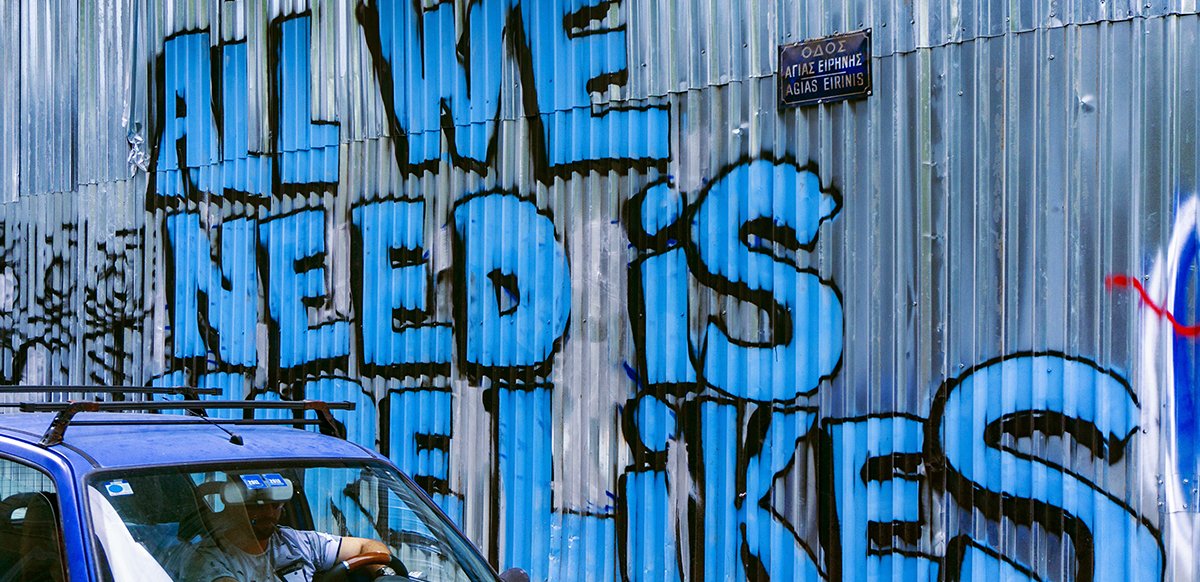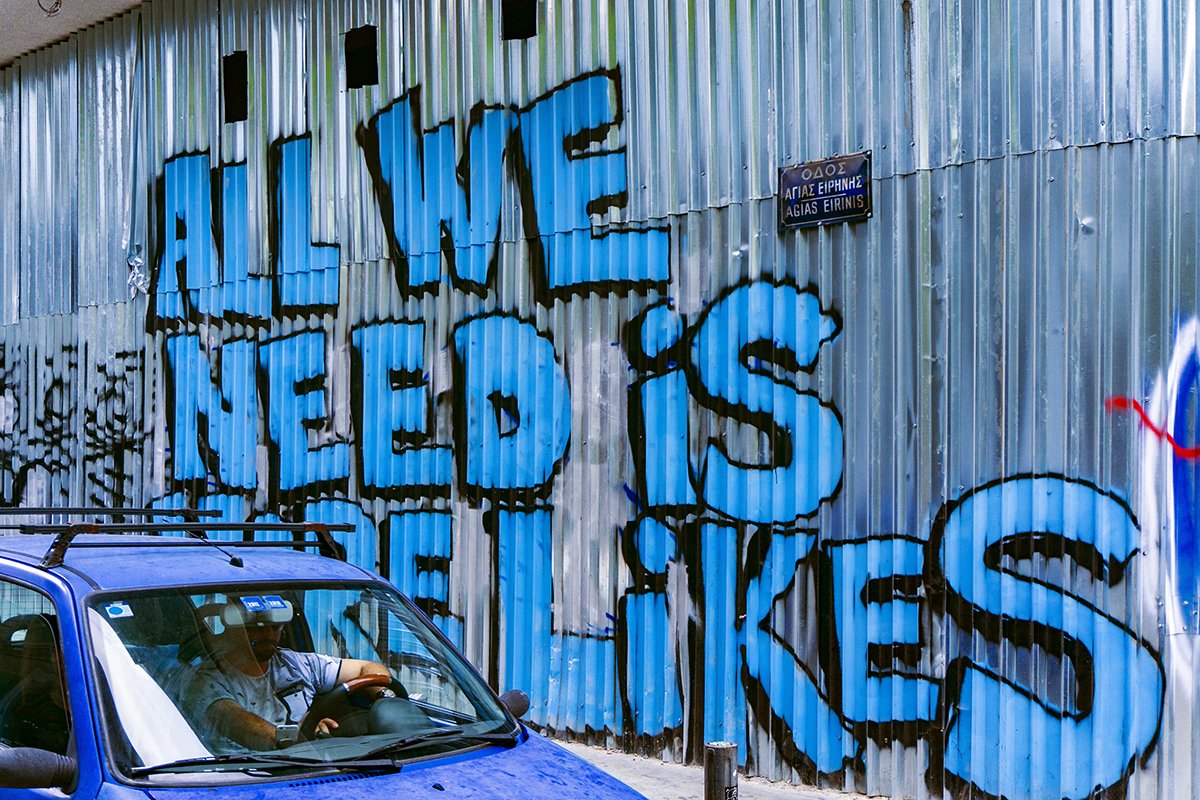
When hashtags first came out, they seemed pretty straightforward. A hashtag made it easy to connect with people who were talking about the same thing.
For example, the first hashtag was used in August, 2007 so attendees at tech conference Barcamp could stay within a group. The #Barcamp idea took off, and hashtags are now found all across social media platforms.
While hashtags are ubiquitous, they are used differently on each social media platform, and your users can tell when you don’t know what you are doing on each channel.
Follow our guide for using hashtags for each social media platform so you can post like a pro.
Jump Into the Twitter Conversation with Hashtags
Users follow hashtags in Twitter to be part of a conversation. They can live within a feed of a hashtag to see what users are saying about a specific topic. When news blows up, you will see everyone posting with the same hashtag to share their opinions. People also live tweet events with the same hashtag, causing trending topics like #TheBachelorette or the #PresidentialDebate to trend.
When it comes to using hashtags on Twitter, less is more.
The most effective tweets only have one or two hashtags. The hashtag is meant to show what discussion your comments are directed around or where you stand with your comments.
For example, gyms and health centers can post with the hashtag #MondayMotivation to encourage fans to start the week off on a good note. This helps the brand reach new people and shows fans what the theme of the tweet is.
Twitter Hashtag Dos
- Check out trending topics that you can post about or comment on. (Make sure you know what a hashtag is about before posting with it.)
- Post a few times using the hashtag while it is trending.
- Join twitter chats and other conversations related to your brand.
Twitter Hashtag Don’ts
- Don’t try to force your brand into a sensitive topic unless it makes sense (like the Amazon fires).
- Don’t jump into political discussions unless they are relevant to your brand.
- Don’t stuff your posts with several keywords in order to get noticed.
Use Multiple Hashtags on Instagram
While using hashtags in excess is frowned upon on Twitter, you can use a dozen or more hashtags for your Instagram posts.
Studies have found that posts with up to nine hashtags have high engagement levels. More people like, comment, and discover the content than for brands that only use a few options. You can include your hashtags at the end of your post or make a separate comment just for your hashtags.
On Instagram, more people follow hashtags for the long-run. For example, a cat owner might follow the hashtag #CatsofInstagram so their feed is full of furry pets. People also follow local hashtags, like #NewYorkCity or #Savannah to see what’s trending or cool in their area.
While you may get some unrelated likes and comments from bots or brands or people trying to become influencers, this engagement can actually help your Instagram efforts with your real fans. The Instagram algorithm will see that the post is gaining traction and will show your photo more often, which means you can reach a larger part of your audience than you otherwise would.
Instagram Hashtag Dos
- Research different tags to see which ones are the most popular.
- Curate a list of hashtags that you will use frequently when posting about your brand.
- Include synonyms in your posts to reach different audiences (#Atlanta, #ATL, etc.).
Instagram Hashtag Don’ts
- Don’t just post hashtags – make sure you also include a comment about the post.
- Don’t use the hashtag before checking it. A particular tag might reach the wrong audience.
- Don’t give up after a few posts. You will find your right hashtag mix if you keep working.
Continue Using Hashtags on Facebook
Hashtag use has been slow on Facebook, and many brands have given up adding tags entirely. Whereas Twitter and Instagram have become platforms to engage in discussions with strangers, Facebook still remains a place to connect with friends. That being said, there are some benefits to adding hashtags to your posts.
Adding hashtags can increase your presence in the Facebook search results. It makes the content more relevant and can boost your post’s exposure in some cases. This is more true for brands than for personal posts. If you are a brand on Facebook, keep using hashtags to grow your audience and your reach.
For example, if you run a non-profit and need volunteers, you can use the tag #volunteer to see if anyone in your area is looking for that term. However, you can also encourage your fans to share the post or tag someone who might want to volunteer. This creates just as much buzz and engages your audience.
Facebook Hashtag Dos
- Limit your tags to one or two highly-relevant choices.
- Own a specific hashtag that is relevant to your brand.
- Include your hashtags at the end of the post, so they don’t detract from your message.
Facebook Hashtag Don’ts
- Don’t overstuff your hashtags. It will look like your post is copied from Instagram.
- Don’t make up hashtags that no one else is using. There is no conversation around them.
- Don’t keep using hashtags if nothing comes of it. You don’t want to waste your time.
Develop a Marketing Strategy That Wins Over Customers
Your hashtags are just one small part of your social promotions and marketing strategy.
While it is important to focus on small details like these, you need to make sure your tactics as a whole are winning over fans and bringing people to your brand.
If you want to grow your online presence and turn digital traffic into in-store customers, we have other resources to help. Check out our Resource Center for guides on in-store marketing and customer experience to learn how you can improve all of the branded moments that customers have with your brand.
